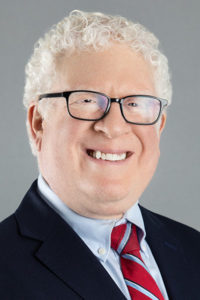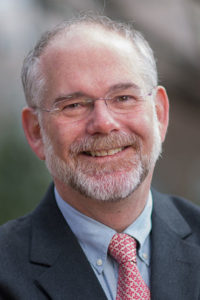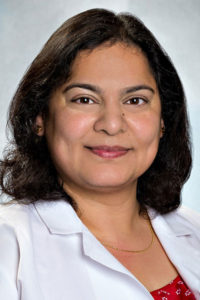
The ADA and the European Association for the Study of Diabetes (EASD) will release the latest consensus recommendations on managing hyperglycemia in type 2 diabetes during a special joint session at the Scientific Sessions.
“Diabetes management is evolving quickly, specifically around pharmacological treatment of type 2 diabetes,” said Robert A. Gabbay, MD, PhD, ADA Chief Scientific and Medical Officer. “This update will also include even more information around the practicalities of implementation than we have included in past updates. The entire joint effort is to not only synthesize the evidence for clinicians, but also to give them the tools to make it happen in their practices and improve the lives of those affected by diabetes.”
Dr. Gabbay will co-chair the session Joint ADA/EASD—Management of Hyperglycemia in Type 2 Diabetes with EASD President Stefano Del Prato, MD. The two-hour session, which will be livestreamed for virtual meeting attendees, will begin at 4:30 p.m. CT on Monday, June 6, in Great Hall A at the convention center.

“Both of our organizations want to come up with good recommendations for the treatment of type 2 diabetes,” said Dr. Del Prato, Professor of Endocrinology and Chief of Diabetes and Metabolic Diseases, University of Pisa, Italy.
“From the European perspective, we would like to raise up recommendations that may evolve into more efficient guidelines, not just a consensus statement,” Dr. Del Prato continued. “Our common goal is to improve the uptake of treatments that can protect people from organ damage. Hyperglycemia plays a major role in determining the risk for complication, but it can be complemented by treatments that may have direct cardiorenal protection.”

The appropriate use of sodium-glucose cotransporter-2 (SGLT2) inhibitors will be an important part of the updated recommendations, said John B. Buse, MD, PhD, Chief of Endocrinology, Verne S. Caviness Distinguished Professor, and Director of the Diabetes Center and the North Carolina Translational and Clinical Sciences Institute, University of North Carolina School of Medicine.
“These new agents have remarkable effects on kidney disease and heart failure and seem to do so independent of glucose lowering,” Dr. Buse said. “They seem to have the same benefits in patients who don’t even have diabetes, which changes the landscape. We want to make diabetes go away, not just get the A1C below 6.5%.”
Outcomes from the latest generation of cardiovascular and kidney trials show that individualizing care is not just possible, but imperative, added Vanita R. Aroda, MD, Director of Diabetes Research, Brigham and Women’s Hospital, and Associate Professor of Medicine, Harvard Medical School.

“Outcomes trials are making us look more broadly and consider how patients with type 2 diabetes can and should be treated across the continuum of their lives,” Dr. Aroda said. “Research data are expanding exponentially and are very interdisciplinary. The new findings and these new management recommendations are just as relevant to endocrinologists, cardiologists, nephrologists, and many other specialists as they are to primary care.”
The recommendations to be presented during the Scientific Sessions are a work in progress, Dr. Del Prato noted.
“If you want to have effective recommendations, you have to share them with the public and listen carefully to their comments, critiques, and suggestions, not just tell them what you have decided,” he said. “We will meet after the Scientific Sessions to make final changes and then release the final recommendations at the EASD meeting in Stockholm this September. The joint recommendations will be published at the same time in Diabetologia and in Diabetes Care.”
The ADA/EASD joint presentation will be live-streamed and available on-demand for registered meeting participants.
“We are leveraging the technology we learned from the last two years of meeting virtually. We want to make this experience available to as many attendees as possible,” Dr. Gabbay said.
[sub-post-content]